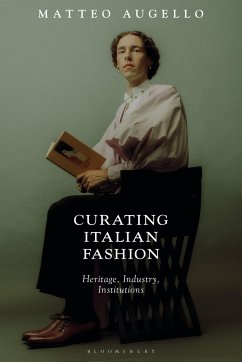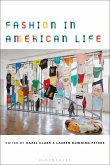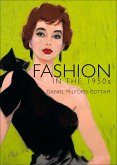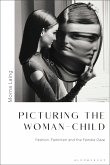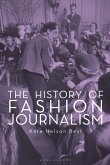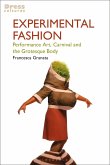Italy is a major player in the global fashion industry, yet little has been written about its contribution to fashion curation. This book explores the management, display and curation of Italian fashion heritage, highlighting the role played by companies and industry associations. By contextualising fashion curation within Italy's economy, culture and art-historical tradition, Curating Italian Fashion unfolds the ties between the preservation of fashion heritage and corporate policies. It traces the shift of companies from sponsors to cultural producers and discusses the different uses of archives and exhibitions. Through the critical analysis of key examples such as Salvatore Ferragamo and Pitti Immagine, this book illustrates how the inevitable commercial interests underlying fashion curation can exist alongside the scholarly contribution of corporate initiatives. Most importantly, it defines the curatorial approaches developed by the involvement of the industry in fashion curation, thus providing an overarching interpretation of the characteristics of this practice in Italy. Matteo Augello provides an unprecedented insight into the management of Italian fashion heritage and presents a comprehensive account of the development of fashion curation in Italy, drawing from archival records, existing literature and oral history. This book is essential reading for scholars, industry professionals and students interested in the intersections of curation, heritage, national identity and corporate cultural policies.
Hinweis: Dieser Artikel kann nur an eine deutsche Lieferadresse ausgeliefert werden.
Hinweis: Dieser Artikel kann nur an eine deutsche Lieferadresse ausgeliefert werden.

